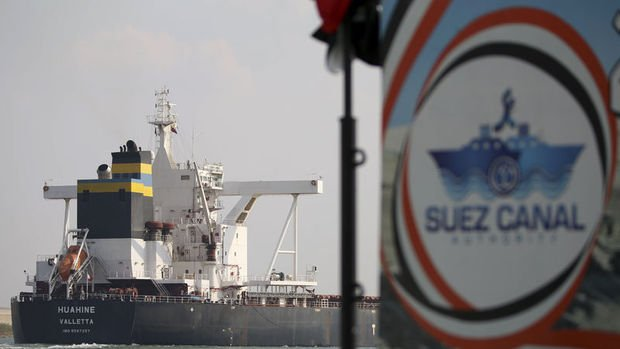IMF: Suez Canal trade down 50% in 2 months
The International Monetary Fund (IMF) reported that the volume of trade in the Suez Canal decreased by 50 percent annually in the first two months of the year. The IMF blog post reported that attacks in the Red Sea disrupted global trade. The post noted that global trade had been disrupted in the past few months due to disruptions in two critical shipping routes, and that attacks on ships passing through the Red Sea had reduced traffic in the Suez Canal, which is normally where about 15 percent of global maritime trade passes and is the shortest sea route between Asia and Europe. The post noted that some shipping companies were diverting their ships to the Cape of Good Hope, adding that this situation was increasing delivery times by an average of 10 days or more and was damaging to companies with limited stocks. The post noted that the volume of trade in the Suez Canal decreased by 50 percent in the first two months of the year compared to the same period last year, while it was estimated that the volume of trade in the Cape of Good Hope increased by 74 percent in the same period. Trade in the Panama Canal down 32 percent due to drought The article reported that the severe drought in the Panama Canal has forced authorities to impose restrictions that have significantly reduced daily ship passages since October of last year, slowing maritime trade at the key point through which approximately 5 percent of global maritime trade passes. The article noted that the volume of trade in the Panama Canal also fell by almost 32 percent compared to last year. The article noted that in the first two months of the year, there was a 6.7 percent decrease in voyages to 70 ports in Sub-Saharan Africa compared to last year, while in the European Union and the Middle East and Central Asia, there was a 5.3 percent decrease. The article noted that these declines likely reflect the temporary effects of longer shipping times. The IMF blog post warned that if these disruptions persist, they could pose temporary obstacles for some supply chains in the affected countries and could put upward pressure on inflation, in part due to higher shipping costs.


